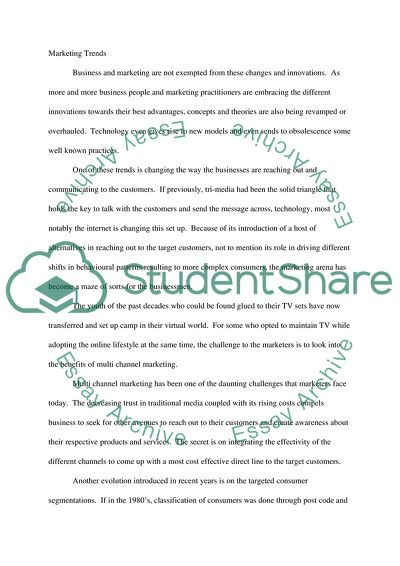Cite this document
(Segmentation and Targeting in Grocery Retail Essay, n.d.)
Segmentation and Targeting in Grocery Retail Essay. Retrieved from https://studentshare.org/technology/1733313-analysis-and-evaluation-of-the-nature-of-relevant-behaviours-and-profile-data-grocery-retail-use
Segmentation and Targeting in Grocery Retail Essay. Retrieved from https://studentshare.org/technology/1733313-analysis-and-evaluation-of-the-nature-of-relevant-behaviours-and-profile-data-grocery-retail-use
(Segmentation and Targeting in Grocery Retail Essay)
Segmentation and Targeting in Grocery Retail Essay. https://studentshare.org/technology/1733313-analysis-and-evaluation-of-the-nature-of-relevant-behaviours-and-profile-data-grocery-retail-use.
Segmentation and Targeting in Grocery Retail Essay. https://studentshare.org/technology/1733313-analysis-and-evaluation-of-the-nature-of-relevant-behaviours-and-profile-data-grocery-retail-use.
“Segmentation and Targeting in Grocery Retail Essay”, n.d. https://studentshare.org/technology/1733313-analysis-and-evaluation-of-the-nature-of-relevant-behaviours-and-profile-data-grocery-retail-use.


